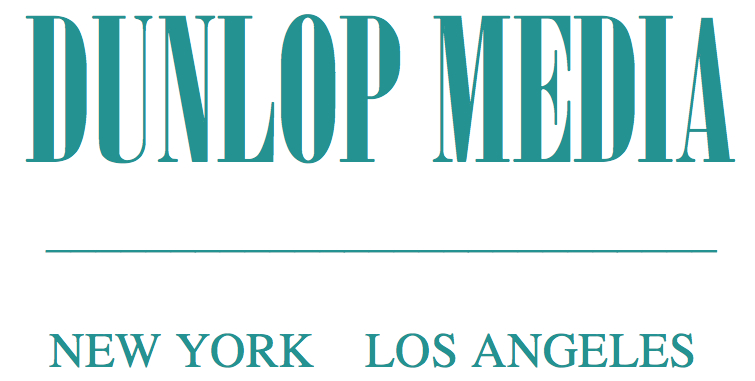by Steve Dunlop
In media and presentation training, the standard advice is to keep it simple. We emphasize the importance of maintaining a conversational tone, use of first and second person pronouns, and keeping industry-insider jargon to a minimum.
But every so often, the occasion calls for us to reach back for a little something extra. We need to do more than "engage" our audience - or measure our success primarily by the number of heads we see nodding in agreement.
Speeches by our political leaders ought to be guided by these better angels. Increasingly, they aren't. As we celebrate America's birthday today, it's worth reflecting on how civic oratory, as an art form, has largely disappeared from the public arena.
Frederick Douglass, former slave turned abolitionist and acclaimed orator, circa 1874.
Editor and columnist Rich Lowry, author of a recent book that re-examines the legacy of Abraham Lincoln, drew attention to this deficit in a column on Frederick Douglass, the most influential African American leader of the 19th century. A runaway slave who traded his bread to white boys in exchange for reading lessons, Douglass became a leading abolitionist. In the process, he produced some of the most finely-crafted speeches of his time.
On July 4, 1852, Douglass was asked to speak to his fellow citizens in Rochester, New York, as part of their Independence Day celebrations. His soaring but searing words are persuasive - not because they link to a focus-grouped least common denominator, but because they do the opposite: they summon our higher instincts, and call on us to think.
Read the words of Douglass, remember our American heritage, and reflect on how far the art of public oratory has fallen in 163 years.


